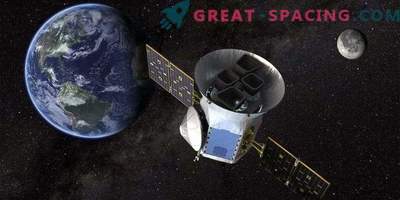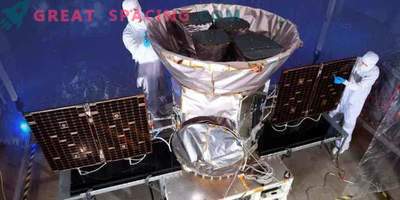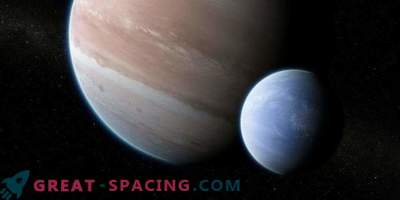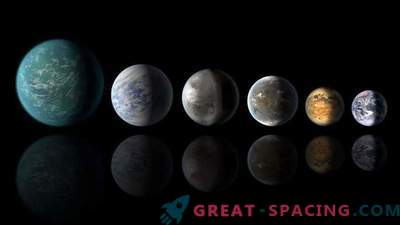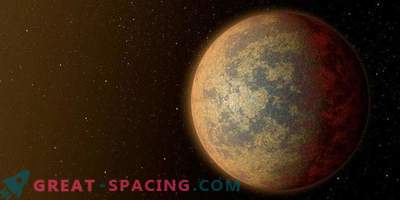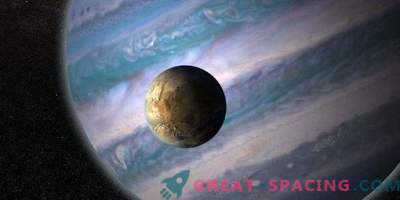
Illustration of a TESS exoplanet transit satellite on a red-hot planet around a host star. TESS identifies thousands of potential new worlds for further study.
NASA TESS satellite is undergoing final training in Florida. The launch is scheduled for April 16th. His main task is to find new worlds around the nearby stars, which will later become targets for the search for life.
Now everyone is asking one question: “If scientists find a planet in the habitable zone, will it be interesting from the point of view of biology?”. Researchers believe that TESS will be able to find a number of planets whose atmospheric composition may hint at the existence of life.
On March 15, the device passed a review that confirmed readiness for launch. For the final start, it will be fueled and sent to the payload of the SpaceX Falcon 9 rocket. The launch will be carried out from Complex 40 on the Cape Air Force (Canaveral, Florida). Using the gravitational support of the Moon, the device will be fixed in a 13.7-day orbit around our planet. 60 days after launch will begin a 2-year mission. The field of view consists of four wide-angle cameras covering 85% of the entire sky. In this perspective, the space is divided into 26 sectors, which will be viewed alternately. The first year will cover 13 sectors of the southern sky, and the second - 13 northern.
Here is an overview of the TESS mission, which will track the bright nearest stars to search for planets in orbits
The ship focuses on transit events - the planet passes in front of a star and blocks its glow, which causes its brightness to drop periodically. NASA's Kepler used the same method and managed to find more than 2,600 confirmed exoplanets. This mission helped to understand that there are more planets than stars.
TESS will monitor stellar objects at a distance of 300 light years and whose brightness is 30-100 times higher than Kepler’s targets. This will allow the use of spectroscopy to obtain data on the mass, density and atmospheric composition of other worlds.
